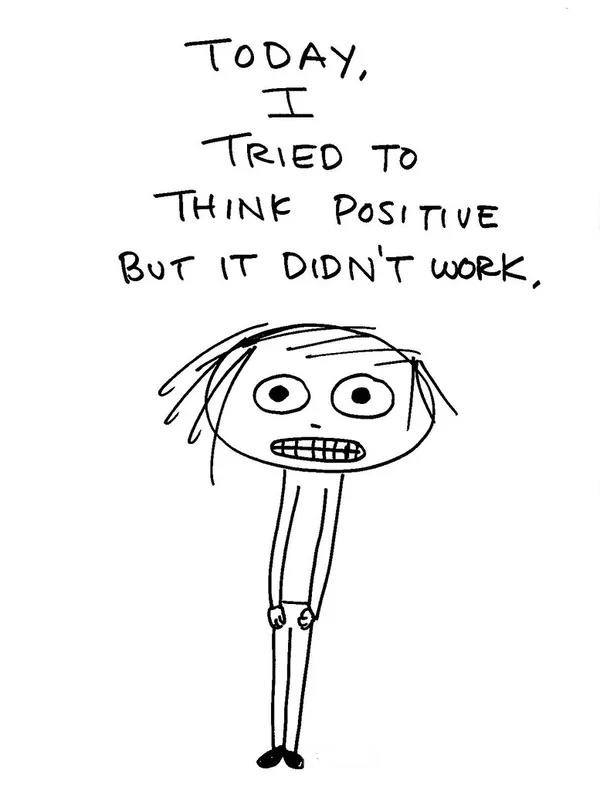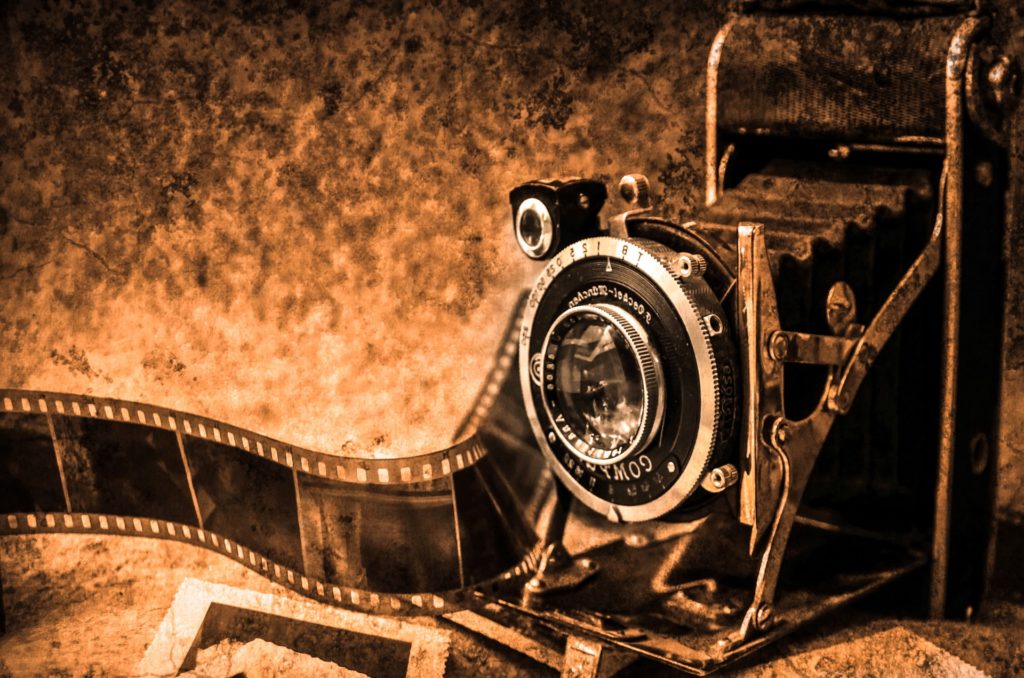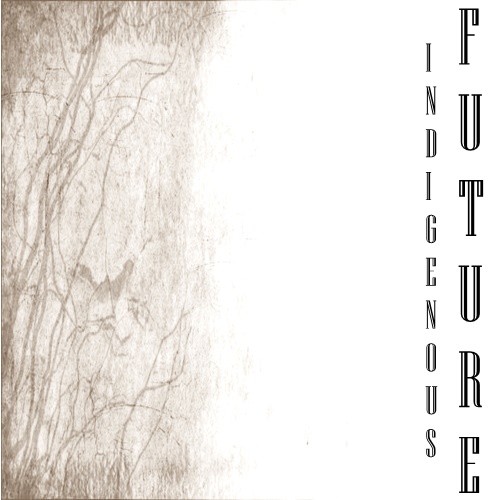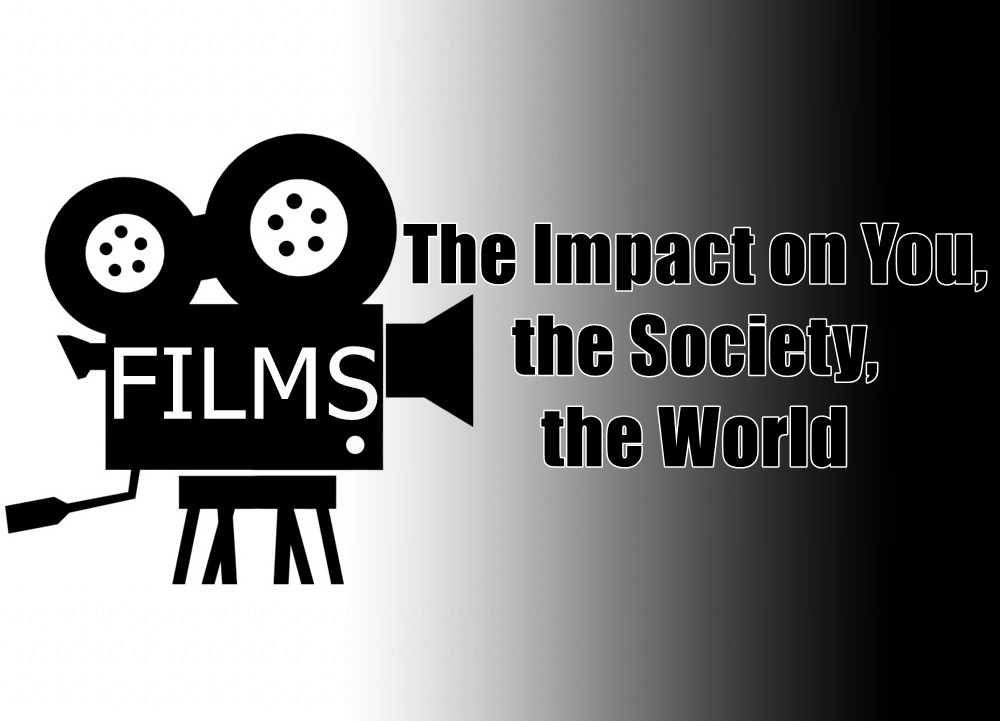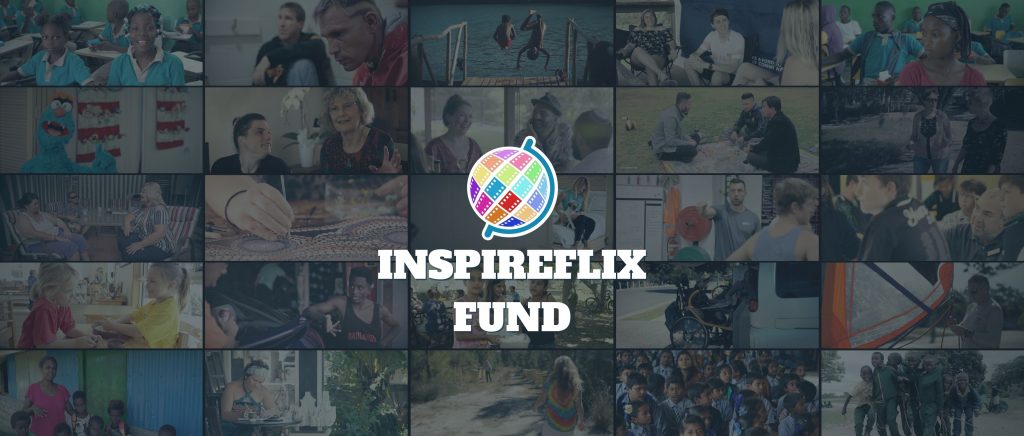Toxic Positivity… is there?
Toxic positivity sounds like an oxymoron, a self-contradicting phrase. Remember a time you’d been down in the dumps and you get “good vibes” shoved in your face, droned into your ears, drilled in your brains like a mantra that will work its magic and turn things around. Been there, right? Ooops wait, done that! Well, read on. Medical News Today refers to toxic positivity as an obsession with positive thinking. Like any obsession, it has potential adverse effects. Though generally well-intentioned, this preoccupation with positivity may bring more harm than good to someone in distress or depressed. Here’s how: Trivialize human emotions “Pain demands to be felt,” says the character in the novel, The Fault in Our Stars. It’s true with all other human emotions. Grief comes naturally with a loss, there’s dejection in isolation and rejection, fear in abuse or signs of it, irritation at discomfort, anger at a provocation, pain in suffering. Toxic positivity tends to dehumanize by supplanting unpleasant emotions with ‘feel good’ platitudes. Repress actions on “red alerts” Danger doesn’t always come knocking loudly on your door. Sometimes it settles safely in before you bear its brunt. Life Supports attests that cases of abusive relationships commonly start with a ‘honeymoon phase’ before tension builds up and explodes into a destructive phase. Focusing on the “positive” phase may lead one to ignore the red alerts and miscalculate the danger ahead. Stunt personal growth One’s emotional capacity can only be enlarged by one’s capability to cope. Toxic positivity, according to Verywell Mind, functions as an avoidance mechanism. Avoidance coping may address negative emotions on the surface but leaves them unresolved. People smile through it and put on a cheerful façade suppressing how they really feel inside. Tackling one stressor to another advances personal growth while denial and taking shelter in “positivity” limits it. Acknowledging that it’s okay not to be okay is a good starting point in managing negative feelings. It alerts you to seek resolution instead of masquerading them. Moreover, it allows people who truly care for you to see the problem or its severity and prompt them to give you the help and support you need. Verywell Mind suggests the non-toxic alternatives below to keep “positive vibes only” in check. Toxic Statements Just stay positive! Good vibes only! It could be worse. Things happen for a reason. Failure isn’t an option. Happiness is a choice. Non-Toxic Alternatives I’m listening. I’m here no matter what. That must be really hard. Sometimes bad things happen. How can I help? Failure is sometimes part of life. Your feelings are valid. In summary, positivity in itself is good but taken to extreme makes it toxic. Next time someone gets “negative,” LISTEN. It may save the person’s life. REFERENCE LINKS: https://www.medicalnewstoday.com/articles/toxic-positivity https://lifesupportscounselling.com.au/resources/blogs/the-cycle-of-abuse-explained/ https://www.verywellmind.com/what-is-toxic-positivity-5093958
Toxic Positivity… is there? Read More »

